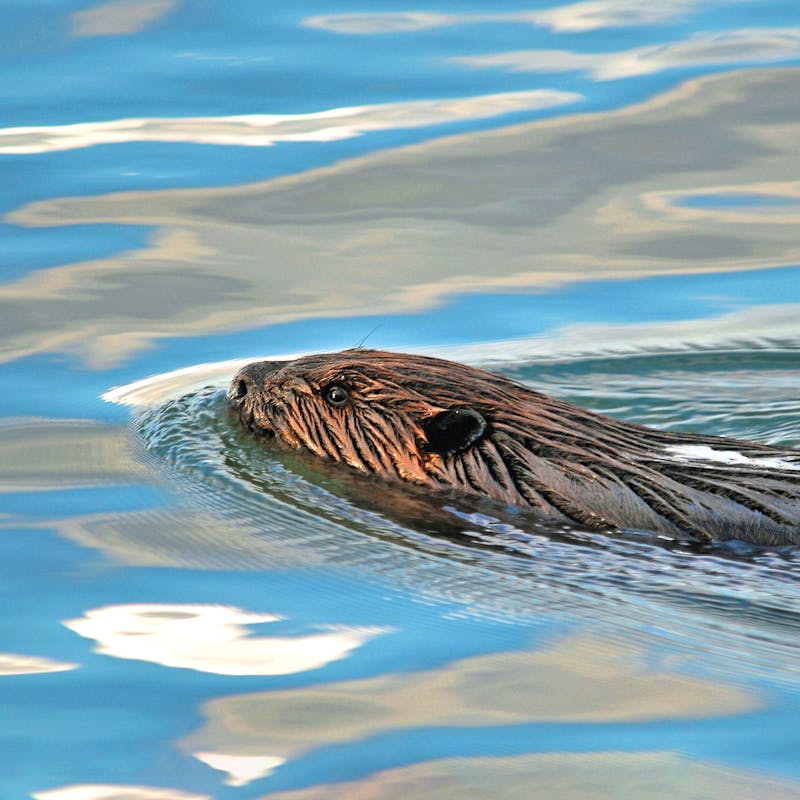The eastern United States and Canada are well-known for gorgeous autumn colors.
They are a feature of deciduous forests, in a region with four distinct seasons and a diversity of deciduous trees like maples, oaks, birch and beech. Temperate deciduous forests grow in 30-60 inches of rain per year. The forest floor supports mosses, ferns and wildflowers and the understory is a variety of shrubs and small trees. These forests are a haven for wildlife, with foxes, deer, coyotes, bats, hawks, bears, woodpeckers and many migratory birds living among the trees.
In the U.S., laws addressing forest conservation and management include the National Forest Management Act (NFMA), Wilderness Act, and a variety of state and local laws governing private forest management. Management of private and state forests is also increasingly influenced by increased consumer interest in purchasing wood from well-managed forests, as certified by various forest conservation entities.
Most forests, however different in climate and location, may be threatened by unsustainable forestry practices because forests cover a vast area of land, cross political boundaries and affect a variety of issues, including wildlife conservation, development and water supplies.
Climate change is also a threat, with warming temperatures and changing precipitation levels shifting the optimal zones for many tree and plant species. Some plants that anchor the ecosystem are moving north, and later winter or early spring freezes and warm spells cause a change in the timing of flowering or fruiting, sometimes leaving wildlife that depend on these food resources to go hungry.
Defenders created the Forests for Wildlife Initiative to advance wildlife conservation in forest planning. We are actively engaged in forest plan revisions on national forests across the country and served on the 2012 Planning Rule Federal Advisory Committee. We work with Congress enact a new Farm Bill in 2018 with a forestry title that protects science-based management and wildlife that depend on forest habitat on private lands. We are working with state and local agencies to protect state parks that are important habitat for wildlife, like Rocky Fork State Park in Tennessee.
You can be a part of the solution for endangered species: support our efforts to protect the wild!







